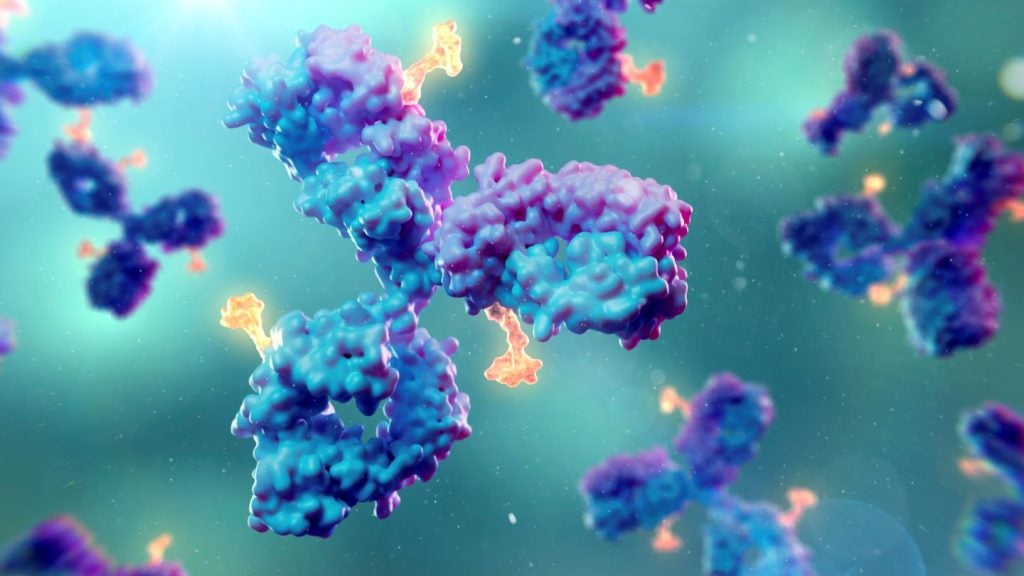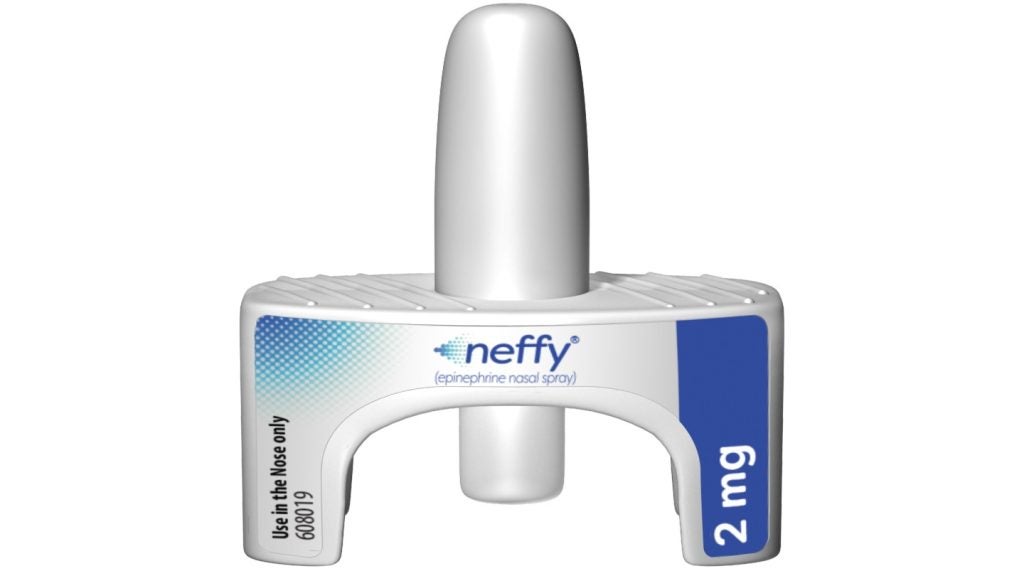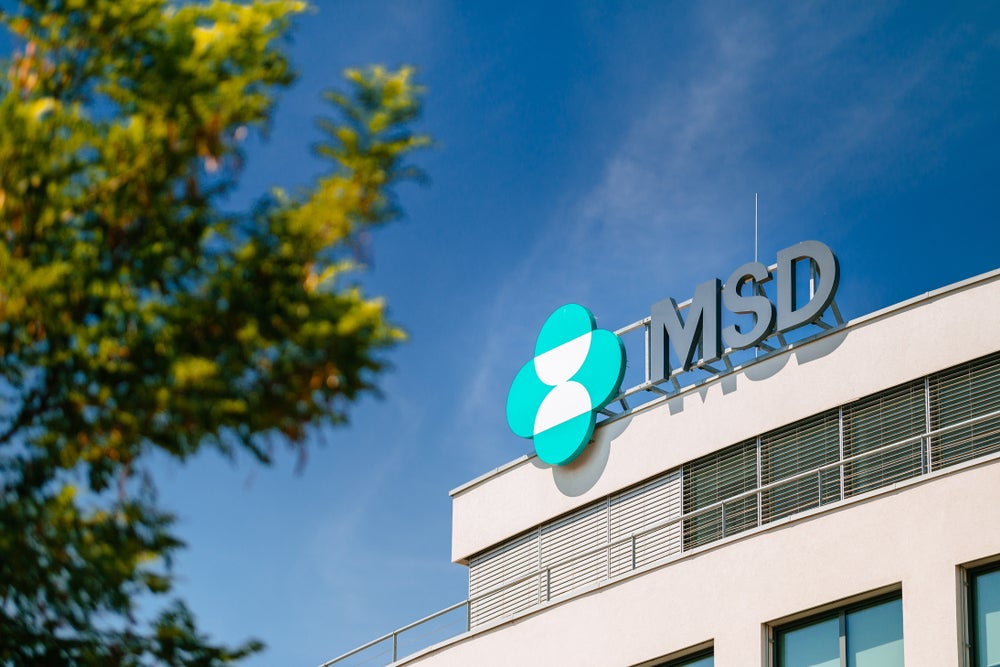Antibody drug conjugates (ADCs) have taken over the cancer clinical research and dealmaking landscape, with new partnerships and agreements being announced regularly. As traffic increases in the ADC space, companies are differentiating themselves by using new targets and linkers.
Since 2023, ADCs have dominated the highest-value pharmaceutical deals with companies such as MSD and Daiichi Sankyo spending billions of dollars to expand their ADC pipelines. Aside from investments from pharmaceutical giants such as AstraZeneca and Bristol Myers Squibb, smaller biotechs are also finding purchase in the space as innovation stirs.
Such innovation was visible at this year’s Annual American Society of Clinical Oncology (ASCO) meeting, held from 31 May to 4 June. The 2024 conference highlighted data from blockbuster ADCs such as Pfizer’s Adcetris (brentuximab vedotin), Gilead Sciences’s Trodelvy (sacituzumab govitecan-hziy), and Daiichi Sankyo/AstraZeneca’s Enhertu (trastuzumab deruxtecan).
“There are so many novel targets, so many excellent results coming out in Phase III that is quite hard to call [which therapies will be successful],” says David Thurston, PhD, a professor of drug discovery at the Institute of Pharmaceutical Science at King’s College London, London, UK.
According to GlobalData, there are 12 US Food and Drug Administration (FDA)-approved ADCs for various cancer types whilst 53 ADCs are in ongoing Phase II and III studies.
GlobalData is the parent company of Pharmaceutical Technology.
ADCs therapies are typically composed of a monoclonal antibody covalently bonded to a cytotoxic drug using a chemical linker. Traditionally, the therapies have been investigated for their use in different cancers, but in recent times this has been broadened to other therapy areas. ADCs have increased the ability to solubilise drugs and enhance the payload that can be delivered to target sites, says Dr. David Segarnick, the CMO of the medical solutions company Medistrava.
The rise of ADCs
In 2000, Pfizer became the first pharmaceutical company to have an ADC approved by the FDA. But the agency withdrew the therapy, Mylotarg (gemtuzumab ozogamicin), from the market in 2010 after confirmatory trials were unable to verify the therapy’s clinical benefit, and the agency was alerted of further safety concerns. After the drug’s dosing regimen was updated, the FDA reapproved the therapy in 2017.
Since Mylotarg’s development, ADC technology has massively improved as researchers have improved the drug-antibody ratios (DARs) of new ADC therapies, says Thurston. DARs describe the number of drug molecules attached to an antibody in an ADC. Researchers have evolved from developing therapies that deliver one molecule of the drug payload for each antibody molecule to eight molecules of the drug payload.
The Swiss biotech AC Immune is developing morADCs, which can enable single or dual-targeting strategies. For central nervous system (CNS) applications, the company’s morADC platform can combine molecules that are individually designed to target and disrupt pathological forms of proteins like Abeta, Tau or a-syn, Andrea Pfeifer, the CEO of AC Immune, tells Pharmaceutical Technology in an email.
“I think the biggest news that stimulated the large number of agents in development was the deal between Daiichi and AstraZeneca for Enhertu,” says Segarnick. The $6.9 billion 2019 deal gave AstraZeneca partial rights to Daiichi’s ADC, which received its first FDA approval soon after in 2020. Enhertu uses a Her2-targeting monoclonal antibody linked to a DNA topoisomerase inhibitor payload. Segarnick said its arrival was a gamechanger due to its high efficacy in Her2 high-expressing and Her2 low-expressing breast cancer types.
“Enhertu had a much more stable conjugate that was more reproducible than the earlier generation of ADCs,” says Segarnick. He explains the therapy had a more stable linkage, which reduced the toxicity of the therapy.
The AstraZeneca-Daiichi deal was one of the bigger ones that drove the market to peak in 2019, when the total values of ADC-related deals reached over $1.6 billion. During this time, several ADCs received FDA approvals, explains Thurston, citing Roche’s lymphoma ADC Polivy (polatuzumab vedotin-piiq), and Astellas Pharma /Seagen’s urothelial cancer therapy Padcev (enfortumab vedotin) as examples of this.
Between 2017 and 2019, the FDA approved five of the 12 currently available ADCs.
This period was also the peak time during which investors “threw money” at small and mid-sized biotechs to support the development of their ADC assets, explains Thurston. ADC dealmaking fell during the pandemic, but the subsequent rise in 2023 signals a recovery in the market and growing interest in the space, says Segarnick. Seagen, the co-developer of Padcev, was acquired by Pfizer for $43bn in 2023.
Segarnick labels ADC research surrounding Trop2 receptors as an exciting area of development. “These Trop2 membrane glycoproteins are integrally involved in the cellular signal transduction cascade, signals for cellular proliferation, potential, invasion, and survival,” he says. Several companies are investigating the target for non-small cell lung cancer, with Gilead Sciences investigating its blockbuster Trop2-targeting therapy Trodelvy in the Phase III EVOKE-2 trial (NCT05186974).
However, despite recent progress, issues surrounding the toxicities of certain ADCs remain, explains Segarnick. In their labels, the FDA has warned patients of the risk of interstitial lung disease associated with Enhertu and Boehringer Ingelheim/Roche’s Kadcyla. “Because the ADC is cleared in the liver, we also see some serious Grade 3 or 4 neutropenia. There is a delicate balance to be met in the drug antibody ratio in order to limit this toxicity,” says Segarnick. He adds that thus far, it seems that as the DAR increases these issues worsen for patients, which the industry is closely monitoring.
Standing apart in a crowded market
“Everyone is looking for a new, novel target that can differentiate you from other companies and that will work well for a particular type of cancer,” says Thurston. He explains that most ADC companies currently use the same few targets for oncology.
One ADC-focused biotech in the space is Natick, Massachusetts-headquartered company GO Therapeutics, which has focused its energy on targeting cancers in novel ways. Dr. Hans Wandall, the company’s CSO, says the company has found “novel, clean targeting” for triple negative breast cancer. Constantine Theodoropulos, GO Therapeutics’ CEO, says one of the biotech’s main priorities was to differentiate itself by developing a “super clean tumour antigen”. The company is approaching first-in-human clinical studies of two of its ADC therapies in approximately 18 months. The company has developed GOL100 to target a novel glycoprotein epitope expressed on 30% of all breast cancers, and GOR800, which targets a novel glycoprotein epitope expressed on 30% of multiple solid tumors.
Genentech, a division of Roche, has taken a different approach by investigating ADC technology that will allow site specific conjugation, says Thurston. Site specific conjugation involves the engineering of reactive sites into an antibody, ensuring that the drug binds to the intended location on the antibody. This offers advantages in terms of manufacturing due to the “cleanness of the product”, explains Thurston.
Dr. Hong Wan, the CEO of the San Francisco, California-headquartered Tallac Therapeutics, highlights her company’s unique approach to minimise toxicity. The biotech is developing toll-like receptor agonist ADCs that have novel oligonucleotide payloads. The company’s first program for its solid tumor asset, TAC-001, is unique in that rather than killing cells, it activates immune cells, says Wan. The therapy is currently in Phase I development (NCT05399654) for cancer patients with advanced disease who have failed other therapies. “We have shown clinical benefit in this patient group… so we’re really excited about the potential for TAC-001 in combination with the standard of care,” adds Wan.
Thurston says ADCs have potential to disrupt other therapeutic areas as companies develop therapies for Alzheimer’s disease and arthritis. With the advent of new innovation, the market is still “untapped”, says Segarnick. “There is potential for high valuations because of the high unmet need,” he says.
Correction: A previous version incorrectly described
Andrea Pfeifer’s comments on AC Immune’s platform technology. Paragraph 9 has
been updated to reflect the correct statements.
















